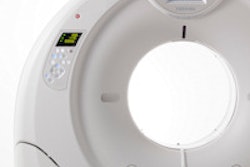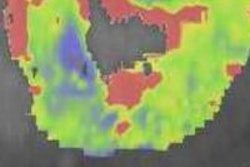Dear AuntMinnieEurope Member,
"Look out for Mr. Psneaky" was the rather bizarre take-home message of prize-winning research presented at the 2013 European Society of Gastrointestinal and Abdominal Radiology (ESGAR) congress.
Concerned that pseudolesions are often misread, the presenters from Leeds, U.K., believe greater awareness of pseudolesions will help avoid unnecessary interventions or follow-up imaging. More than 400 ESGAR attendees read their e-poster and rated it 8.64 out of 10, so don't miss our report. Go to our CT Digital Community, or click here.
French researchers have found that new software can demonstrate reliable, reproducible, aortic annulus measurements and better predictive value for postprocedural aortic regurgitation. They think this has clinical implications for preoperative assessment of patients undergoing transcatheter aortic valve implantation. The analysis has been published today online in JACC: Cardiovascular Interventions, and you can get the story here.
When it comes to interpreting emergency CT studies, Apple's third-generation iPad can match a 3D PACS workstation, according to a group from Hannover Medical School in Germany. To find out more, click here.
It's amazing to think that in 1897, the cryptoscope was being used in a Paris railway station to examine luggage. Few, if any, radiation protection measures were taken. Dr. Adrian Thomas reflects on this fascinating period in his last history column. Visit our Digital X-Ray Community, or click here.
Molecular imaging is enhancing assessment of therapy response and facilitating risk-adapted, personalized therapy in abdominal malignancies. Research on exploiting the specific molecular features of tumors can translate into better clinical care, explained presenters at the 2013 ESGAR congress. Click here for the details.
The European Society of Cardiology's annual meeting begins in Amsterdam later this month, and we'll be attending this major event. To limber up for the conference, we've posted articles about CT perfusion of the myocardium, as well as MRI and diastolic function. To view our full list of cardiac stories, click here.




















